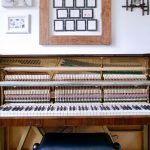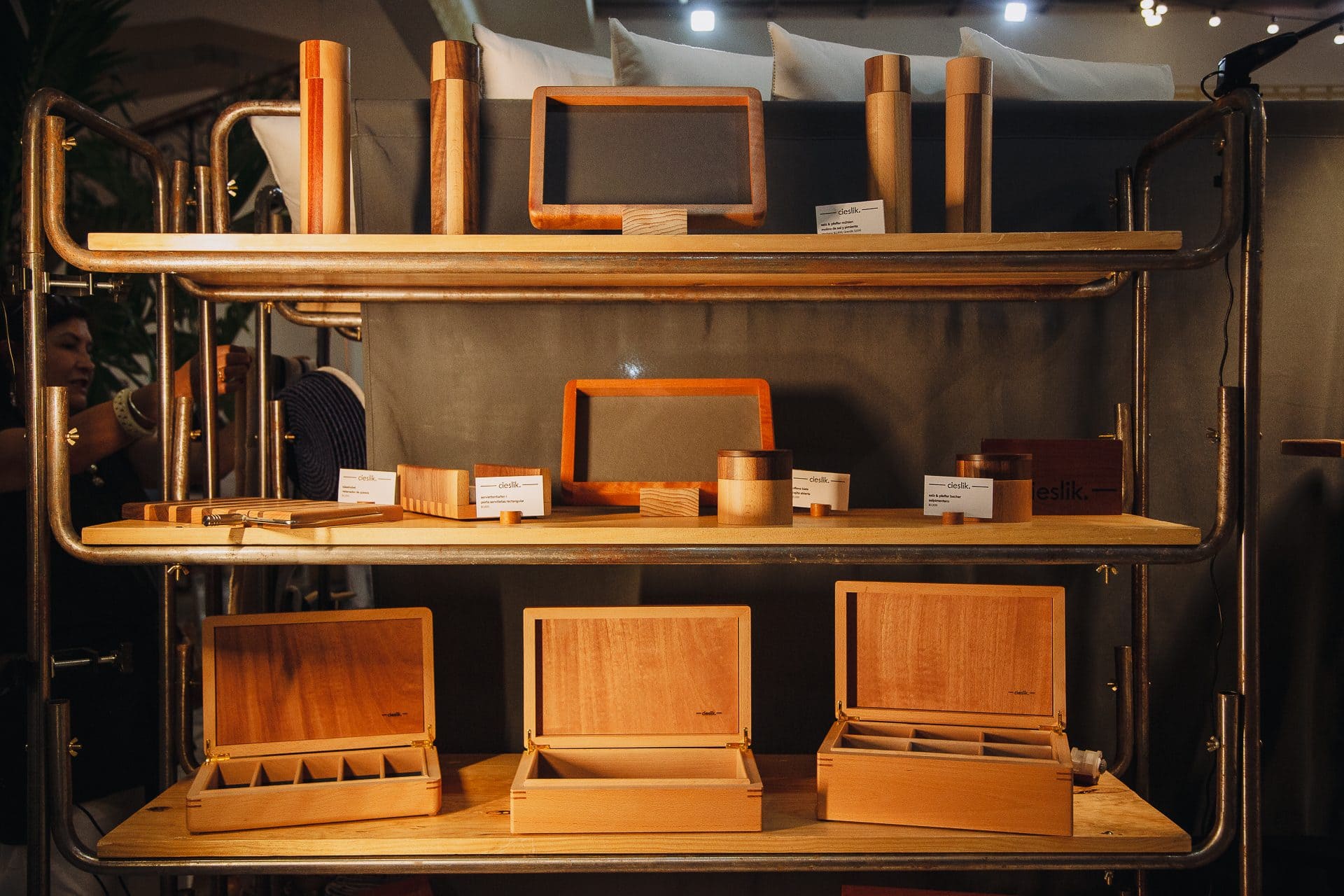
Caravana Americana
Vernacular techniques for an outstanding design
Sometimes the neon lights of events with large signs do not allow us to see the small and handcrafted letters of appointments with creation, perhaps more humble in their forms, but no less interesting for that.
Caravana Americana arrives in a subtle way a week after Zona Maco. This year, and for some editions, the fair has fewer furniture design or industrial design exhibitors, perhaps as a result of the greater presence of this discipline in Zona Maco. However, many of those who today make up the quintessential art and design fair in Latin America first had a presence at Caravana, a fair that has functioned, on many occasions, as a springboard for new creators towards a much greater projection.
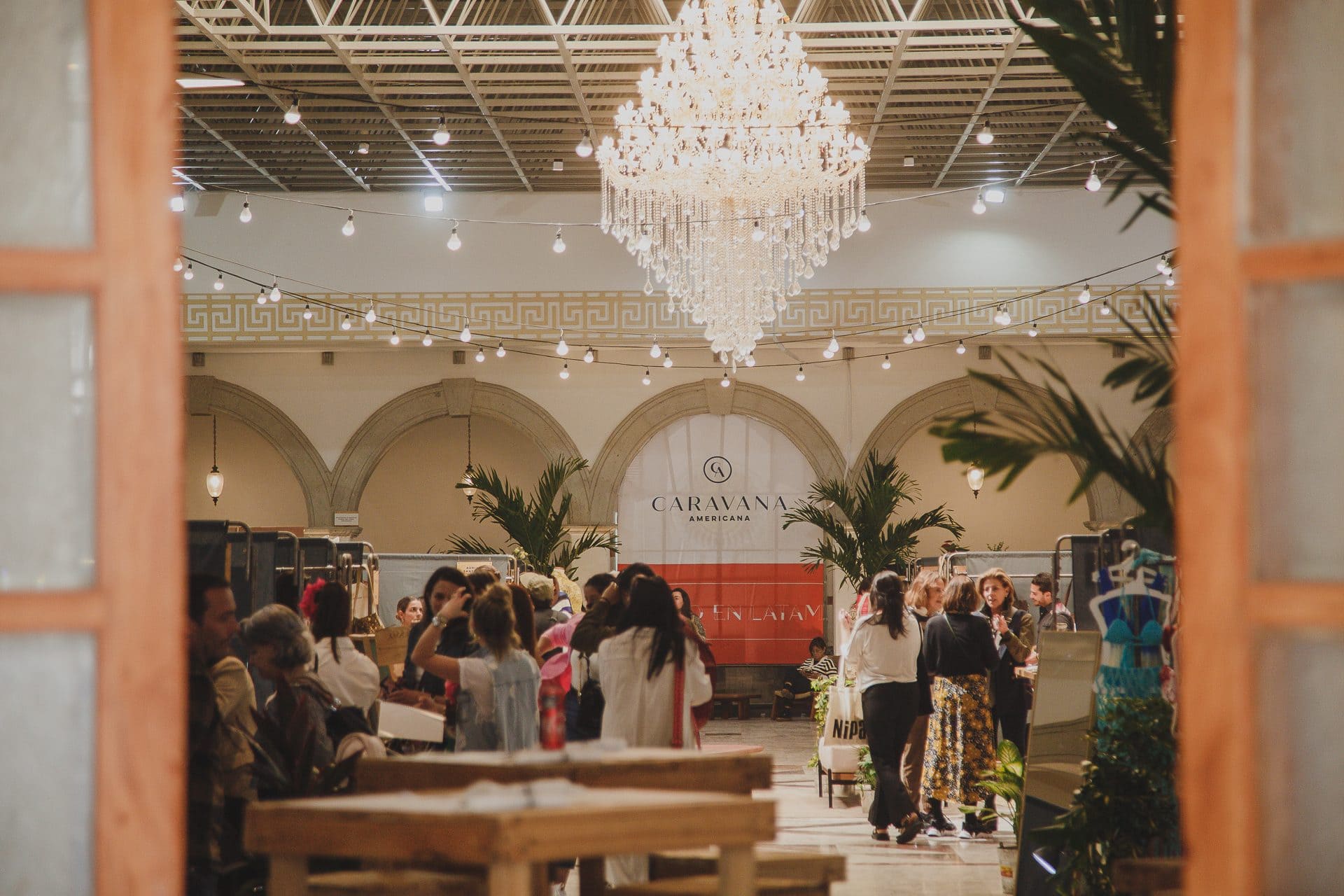
Gina Barrios, founder of the event that brings together independent designers from all over Latin America, launched into organizing the Caravana after years of attending various fairs around the world as a jewelry designer. After obtaining a deep background as an exhibitor, Gina decided to create her own fair, one that would bring together those brands with values similar to hers with one objective, to professionalize the event: “Caravana Americana was conceived as a professional event with an emphasis on attracting buyers on wholesale,” says Gina.
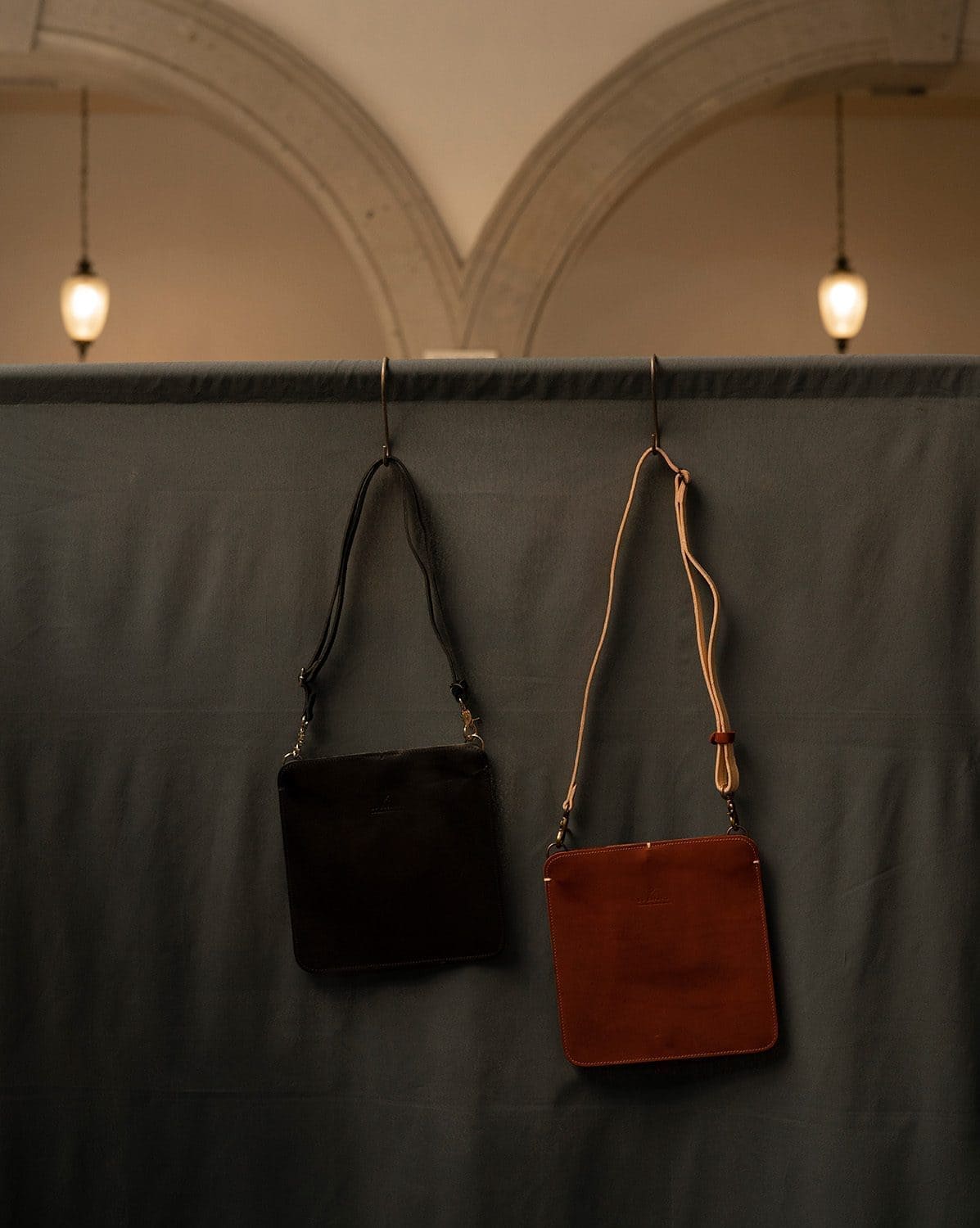
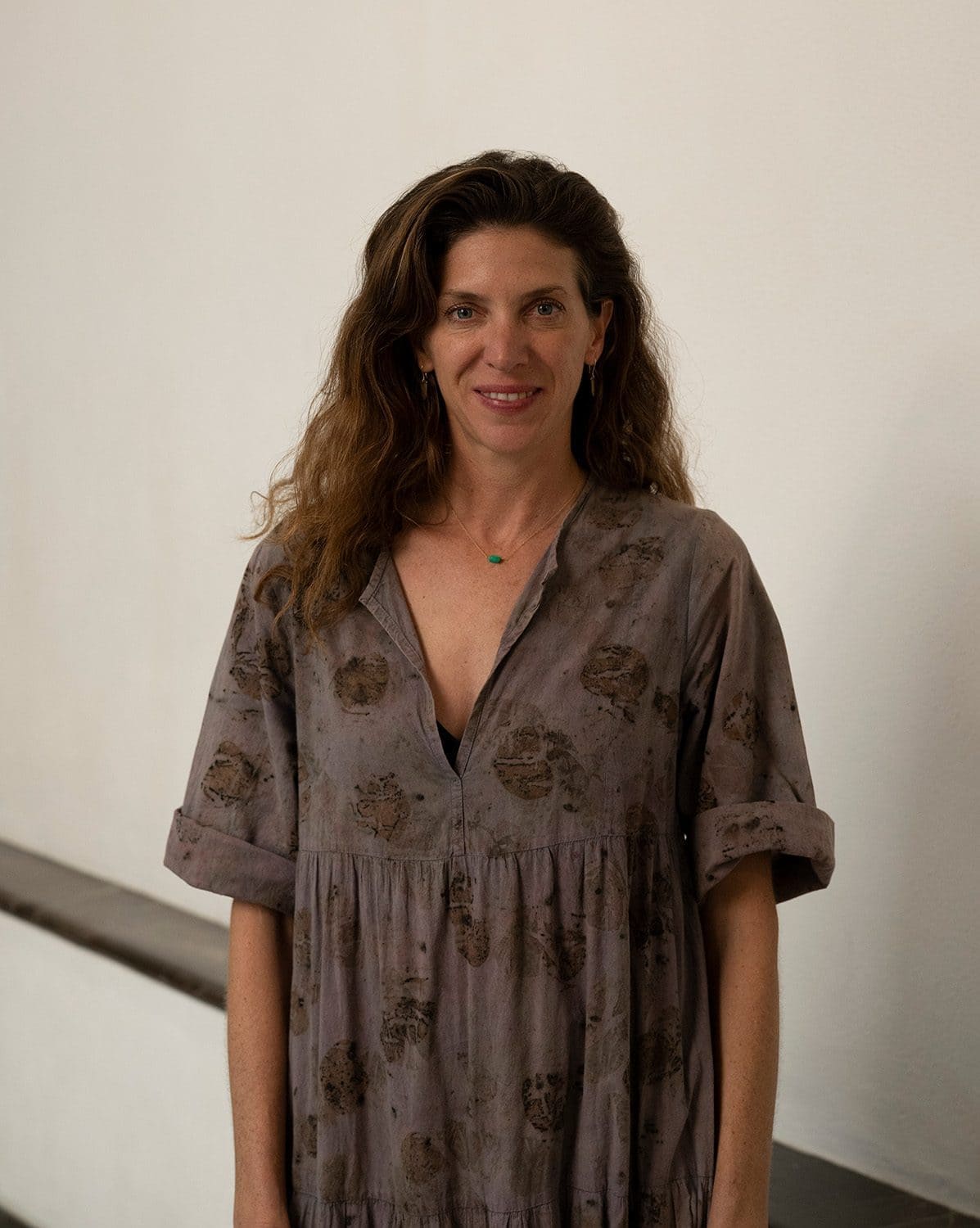
The fourteenth edition of Caravana Americana took place from February 17 to 19th in one of the most exciting moments of the calendar in Mexico City. The vibrant creative pulse is more than noticeable in the streets, especially in certain areas such as La Roma or Lomas de Chapultepec. Galleries, shops, workshops… Everyone dresses up their space to receive visitors from all over the world. A showcase with increasing focus given the boom that Mexico has suffered in recent years, partly driven by the pandemic, and which has led it to experience a new youth, in which everything seems to shine.
This city seems to be undergoing a paradigm shift. The good thing about this is that there is an audience that can get closer to Latin American culture thanks to this new situation. Gina herself has a point of sale in the commercial center of the city. Surrounded by big names like Gucci or Max Mara, in Lago, her store, buyers can approach the projects of independent Latin American designers with incredibly original proposals. Visiting Lago is like entering Gina’s house and understanding her unique universe. Item curation and project choice is under her skin, a visceral impulse that results in a unique, if not ordinary, item combination.
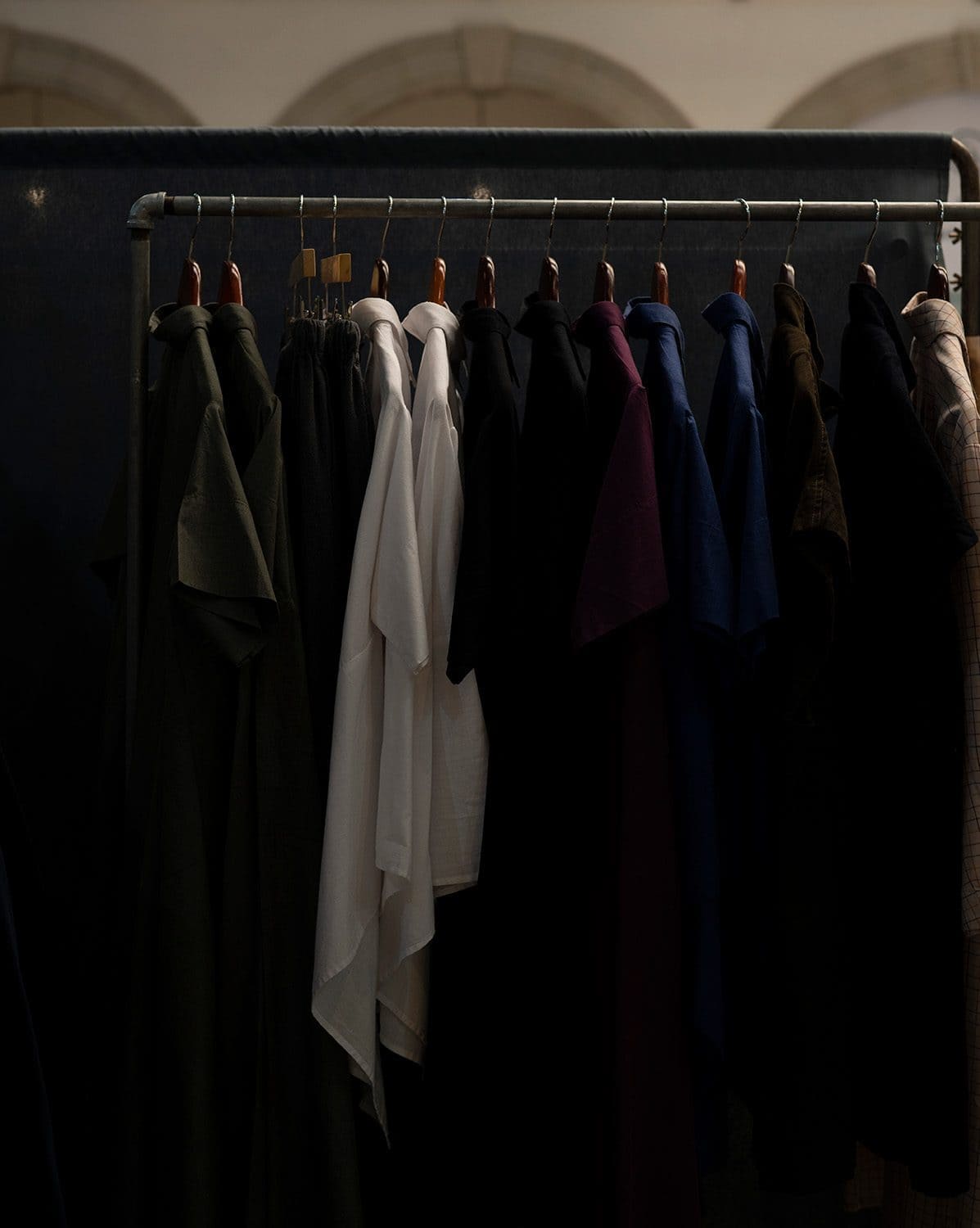
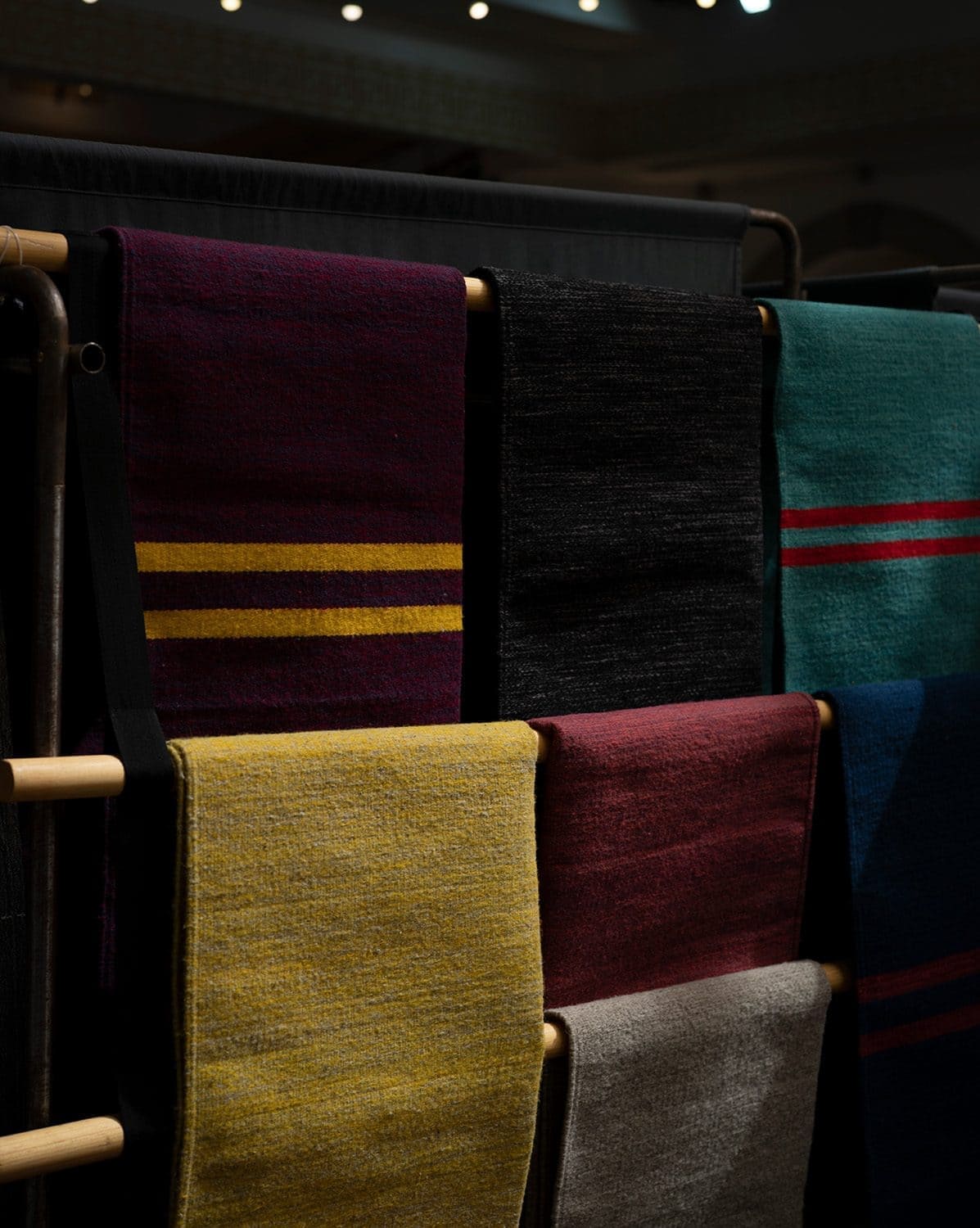
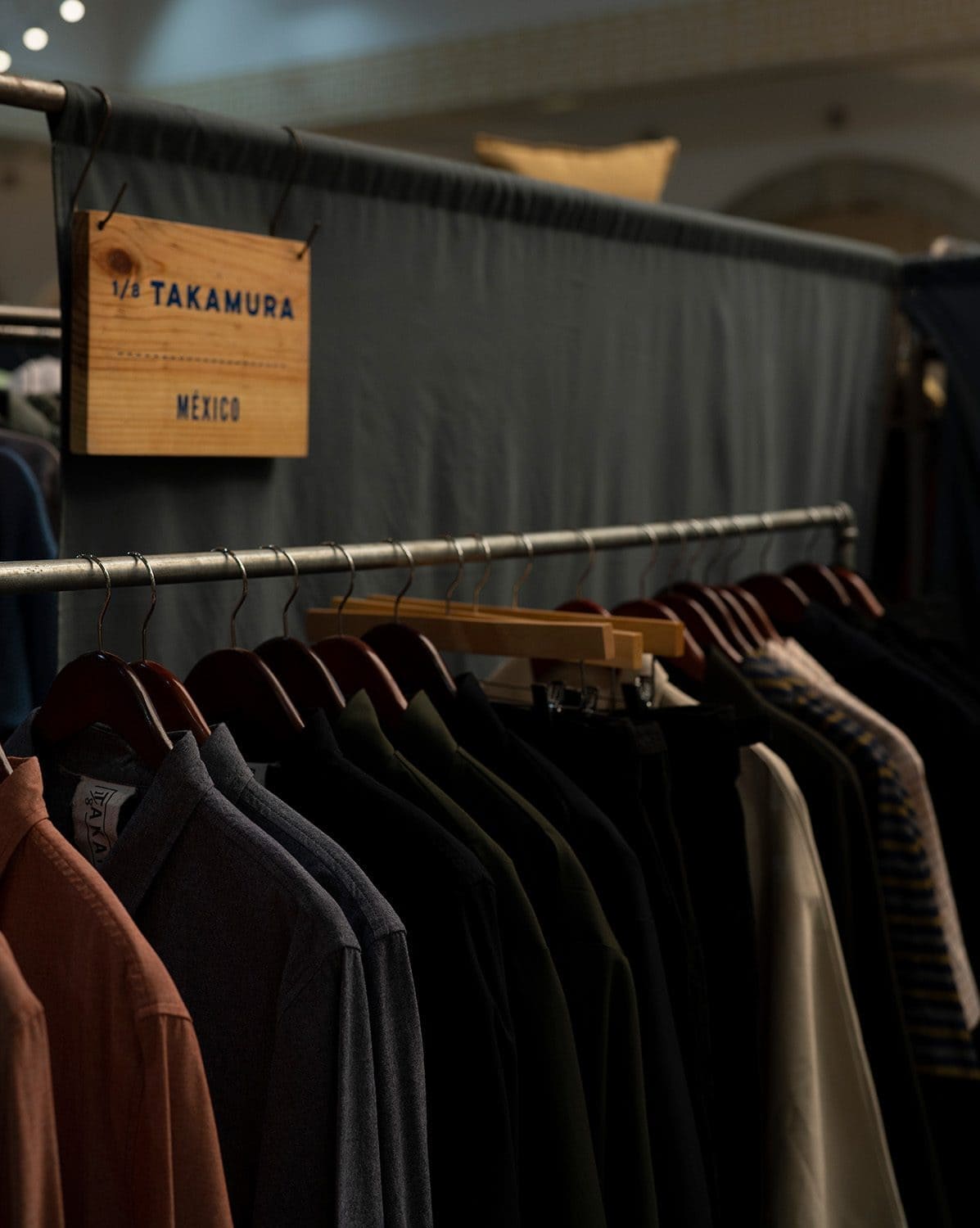
The selection of the seventy brands that the fair hosted on this occasion is made, as in each of the previous editions, with great care and taking into account the values of each project: sustainability, respect for traditions and special attention to quality and technique, as well as innovative forms of creation that pay attention to the maintenance of marginalized or disadvantaged communities such as women, among many others. “I care a lot about what is behind it. As for social work, working with artisans, rescuing ancestral techniques, and surviving through trade and design and fashion”, says Gina.
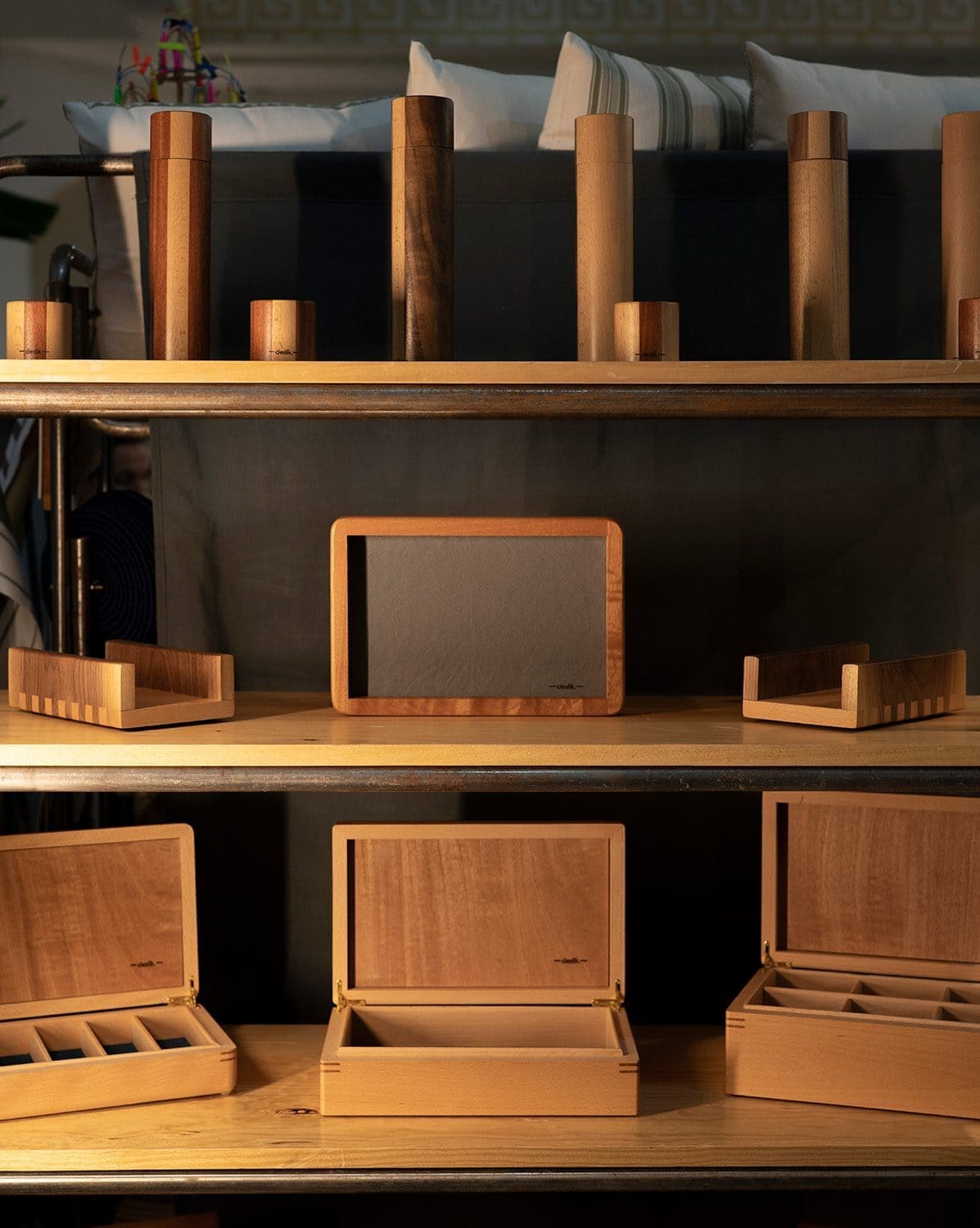
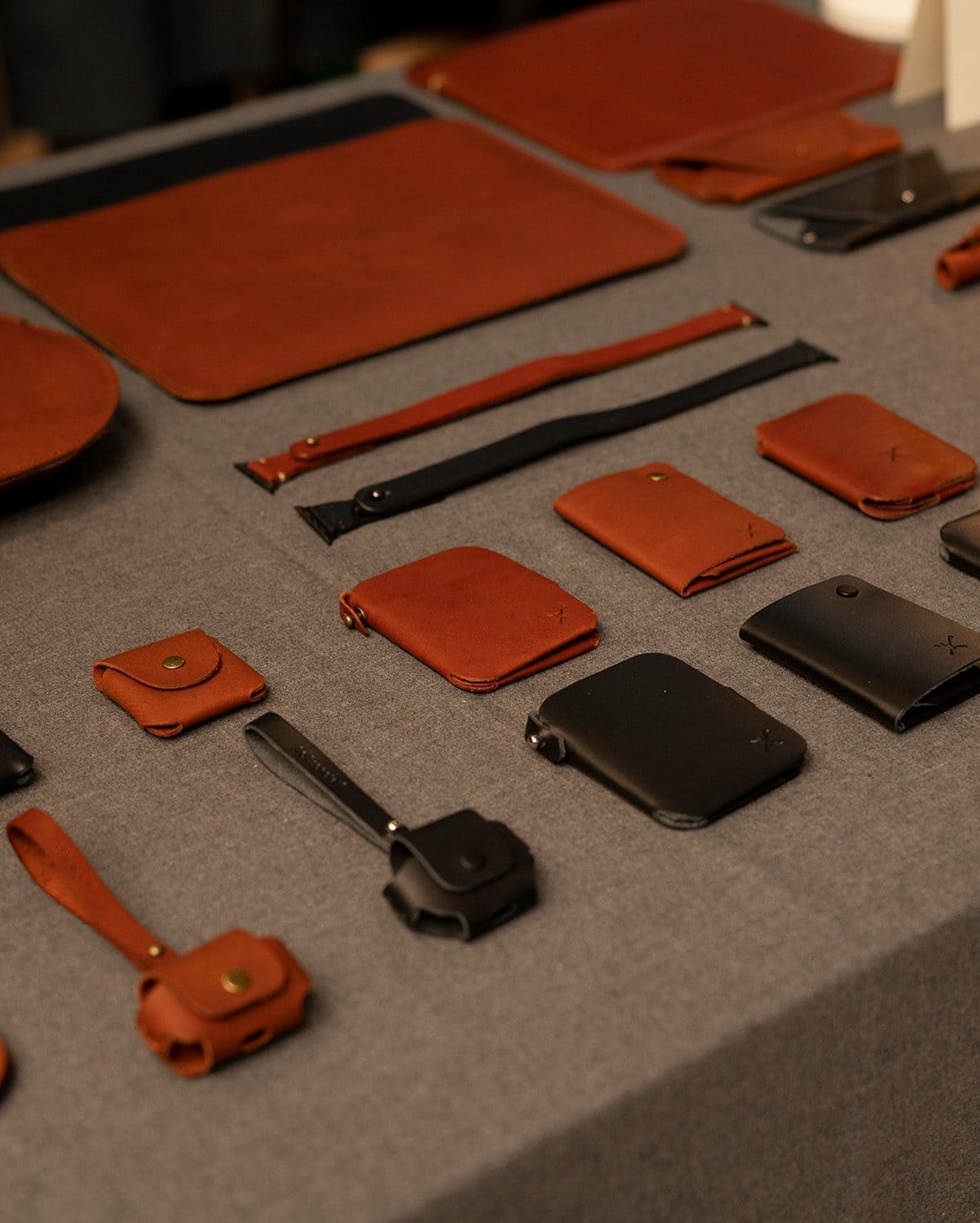
Among the proposals that are made known in Caravana, some of them stand out, such as Lo Esencial, from Guadalajara, not only for a sober and elegant aesthetic but also for being deeply efficient. Functionality and durability are incorporated into a material that is not usually linked to said adjective, such as leather obtained from food waste. A bold bet that gives a twist to the objects we use every day. Ensamble Artístico is a non-profit collaborative platform that was born with the aim of economically reactivating the artisan sector affected by the pandemic. “I like this brand, in addition to its originality, because it gives employment to many women with whom she makes artisan weaving.” In jewelry, Ishi “seeks to integrate the country’s crafts into contemporary life and collaborates for them with Zapotec women from the northern sierra of Oaxaca, Huichol families from Nayarit, and artisans from Tepoztlán and Mexico City.” The first collection of Cieslik Möbel focuses on the creation of furniture and accessories made mainly of American walnut and German beech wood. Erik Zabel, a Mexican of German origin, is a furniture designer and produces absolutely all kinds of utilitarian objects in wood. “They are very gourmet items, I feel,” says Gina.
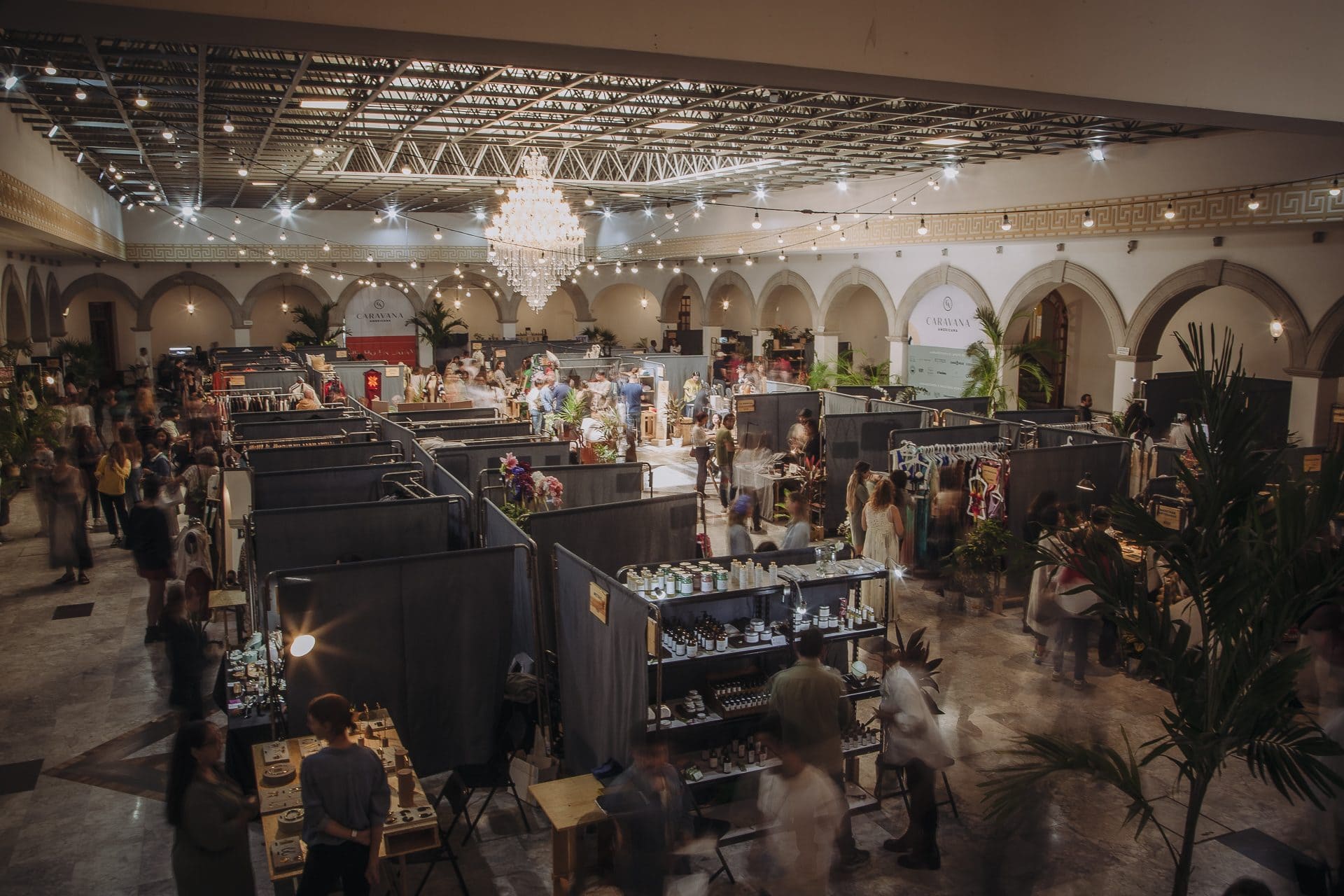
Last but not least, Taller Nacional, who was in charge of dressing the space following the principles that, after all, define them: high-quality furniture and certified raw materials. There was also room for bold proposals such as Curuba and Etérea. A new edition in which Caravana Americana shows us that talent also speaks Spanish.

